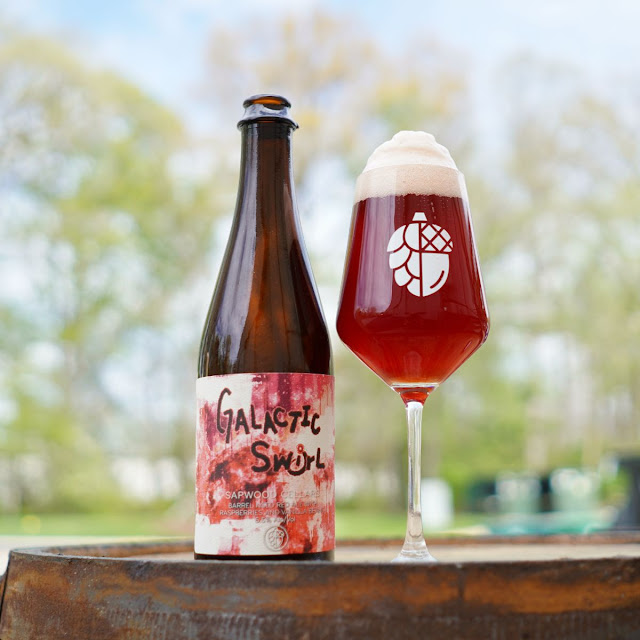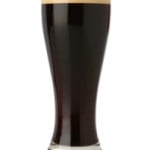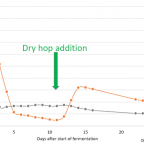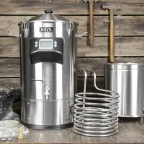 This week I thought I would mix things up a bit by presenting a very high gravity Tart Cherry fruit mead made with widely available ingredients. High Gravity Mead Design I started making high gravity melomels back in 2016 as I have always been fascinated with the style, which I find to be some of […]
This week I thought I would mix things up a bit by presenting a very high gravity Tart Cherry fruit mead made with widely available ingredients. High Gravity Mead Design I started making high gravity melomels back in 2016 as I have always been fascinated with the style, which I find to be some of […]  This week I thought I would mix things up a bit by presenting a very high gravity Tart Cherry fruit mead made with widely available ingredients. High Gravity Mead Design I started making high gravity melomels back in 2016 as I have always been fascinated with the style, which I find to be some of […]
This week I thought I would mix things up a bit by presenting a very high gravity Tart Cherry fruit mead made with widely available ingredients. High Gravity Mead Design I started making high gravity melomels back in 2016 as I have always been fascinated with the style, which I find to be some of […] 




































